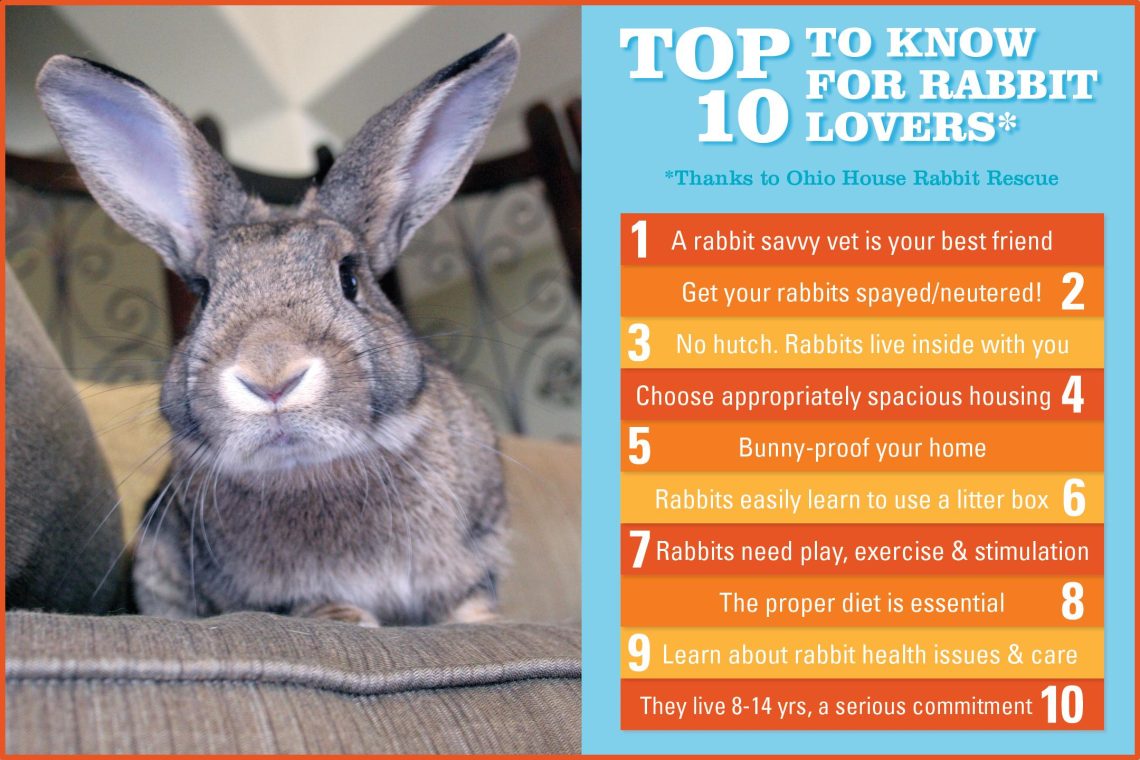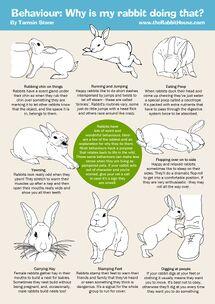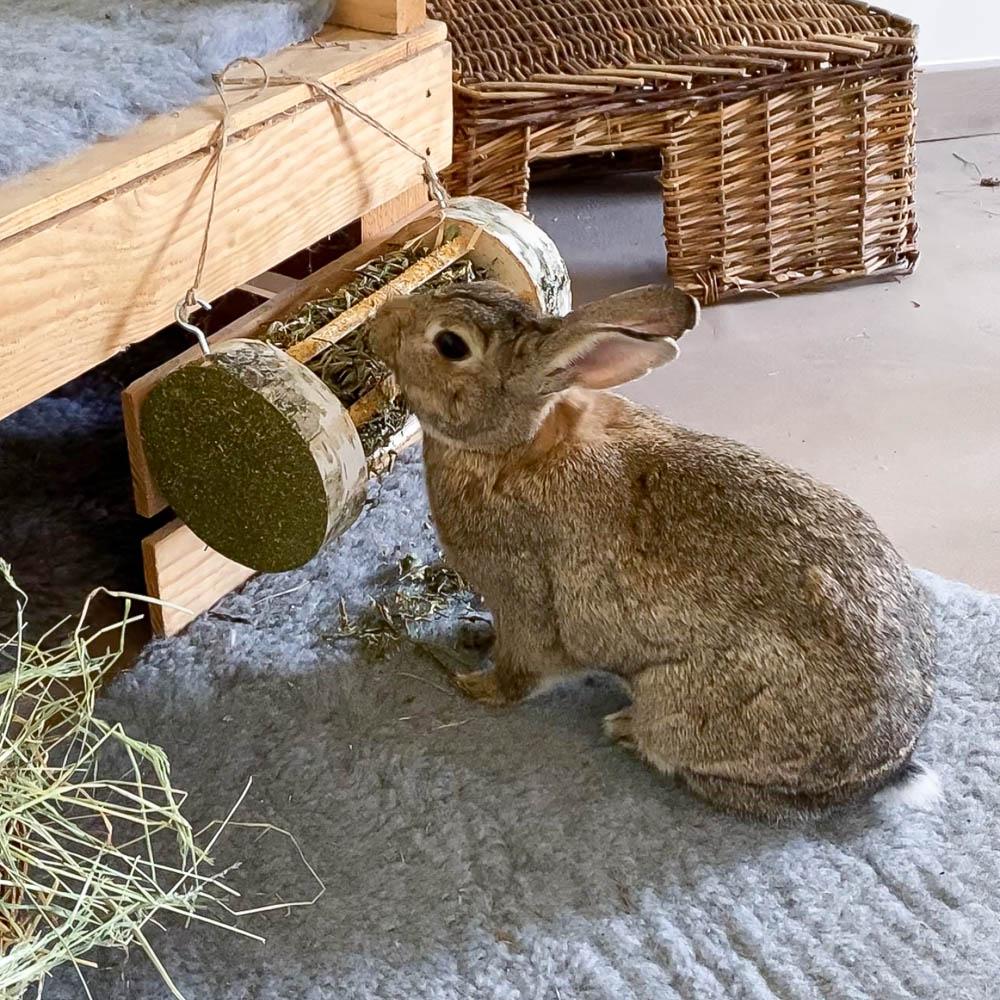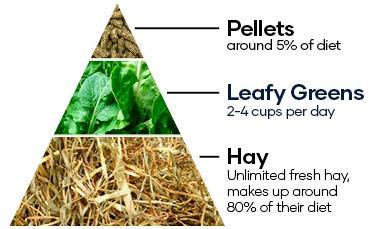
Essential Guide to Nurturing Your Rabbit Pet with Care
Essential Guide to Nurturing Your Rabbit Pet with Care
Welcoming a rabbit into your home is akin to inviting a bundle of joy that hops, snuggles, and brightens your days with its playful antics. These gentle creatures, often adorned with soft fur and curious eyes, come with their own unique set of needs and quirks that every conscientious pet owner should know. Just as a gardener tends to their flowers with patience and love, nurturing a rabbit requires a thoughtful approach—one that combines knowledge, care, and affection. In this essential guide, we’ll explore the vital aspects of rabbit care, from diet and housing to health and emotional well-being, ensuring that your furry companion thrives in a nurturing environment. Whether you’re a seasoned rabbit enthusiast or a first-time owner, this guide will equip you with the insights and practices necessary to cultivate a harmonious life with your new friend. Join us as we hop into the world of rabbit care, where every burrowed whim and gentle nudge brings you closer to understanding these enchanting pets.
Table of Contents
- Understanding Rabbit Behavior for a Happier Bond
- Creating a Safe and Stimulating Environment
- Nutritional Needs and Dietary Essentials
- Health Checkups and Prevention Strategies
- To Wrap It Up

Understanding Rabbit Behavior for a Happier Bond
To enrich your bond with your rabbit, it’s essential to delve into their unique behavioral characteristics. Rabbits are social creatures and possess an array of behaviors that communicate their feelings and needs. Understanding these behaviors can help you provide a nurturing environment. Watch for signs of happiness, such as:
- Binkying: A joyful leap and twist in the air.
- Flopping: Relaxing on their side or back,indicating comfort.
- Nudging: A way of seeking attention or affection.
On the flip side, recognizing signs of stress or discomfort is equally crucial. Common indicators include:
- Thumping: A warning signal to alert others of danger.
- Hiding: Retreating to a safe place when feeling anxious.
- Aggressive nips: A way of expressing displeasure or fear.
Creating a safe space where your rabbit can express these behaviors is vital. Ensure they have plenty of enrichment, such as toys and hiding spots. Provide a consistent routine to help them feel secure, fostering a trusting relationship between you and your fluffy companion.

Creating a Safe and Stimulating Environment
Creating a haven for your rabbit goes beyond just providing food and shelter; it’s about crafting a delightful space that encourages exploration and comfort. Start by ensuring that your rabbit’s enclosure is spacious and clean, allowing them plenty of room to hop around and express their natural behaviors. Incorporate a variety of safe toys,such as chew items made from untreated wood or natural grasses,which will keep their teeth healthy and stimulate their curiosity. Additionally, it’s beneficial to add soft bedding materials, like hay or shredded paper, to encourage burrowing and nesting, providing a cozy retreat for your furry friend.
Furthermore, consider the layout of their play area. Design it with a combination of hideouts and open spaces to satisfy both the inquisitive and shy sides of their personality. You can include items such as cardboard boxes or tunnels, which can spark their playful instincts. Ensure that the space is free from hazards by securing electrical cords and removing any toxic plants, creating a safe zone for your rabbit to explore freely. Regularly rotate toys and change up their environment to keep their minds sharp and their spirits high, ensuring your rabbit thrives in a stimulating and protective atmosphere.

Nutritional Needs and Dietary Essentials
Understanding your rabbit’s nutritional needs is essential for maintaining their health and vitality. These lively creatures thrive on a balanced diet rich in fiber, vitamins, and minerals. A rabbit’s diet should primarily consist of fresh hay,which aids in healthy digestion and keeps their teeth worn down. Alongside hay, it’s important to incorporate a variety of fresh vegetables and a limited amount of pellets to ensure they receive the necessary nutrients. When selecting veggies,consider options like kale,cilantro,and bell peppers,which provide essential vitamins while keeping mealtime exciting.
To further promote a well-rounded diet, remember to offer fresh water daily and introduce small amounts of fruits as occasional treats.It’s crucial to avoid feeding your rabbit harmful foods such as grains, nuts, or seeds, which can lead to obesity and other health issues. A well-planned diet not only supports their physical health but also enriches their life by providing a variety of tastes and textures. Below is a simple guideline for a balanced rabbit diet:
| Food Type | Recommended Sources | Feeding Frequency |
|---|---|---|
| Hay | Timothy, orchard, Meadow | Unlimited |
| Vegetables | Kale, Carrots, Spinach | Daily (1-2 cups) |
| Pellets | High-fiber Rabbit Pellets | Limited (1/4 cup per 5 lbs) |
| Fruits | Apples, Blueberries | Occasional (very small amounts) |

Health Checkups and Prevention Strategies
Regular health checkups are crucial to ensure your rabbit’s well-being. Unlike dogs or cats, rabbits can be experts at hiding their ailments, making routine veterinary visits essential for early detection of potential issues. Schedule annual examinations with a vet specialized in exotic animals to assess your rabbit’s overall health, including dental checkups, weight monitoring, and vaccination status. Don’t hesitate to address any changes in behavior,appetite,or litter habits with your veterinarian. These small changes can often be indicative of underlying health concerns.
In addition to checkups, it’s important to adopt preventative strategies to keep your furry friend healthy. Here are some effective approaches:
- Balanced Diet: Ensure your rabbit receives a diet rich in hay, fresh vegetables, and pellets.
- Enrichment Activities: Regular playtime and opportunities for mental stimulation can prevent behavioral issues.
- Hygiene Maintenance: Clean your rabbit’s living area frequently to minimize exposure to harmful bacteria.
- Social Interaction: Regular bonding time can lower stress levels and promote social well-being.
Consider keeping a health record for your rabbit, noting down all vet visits, vaccinations, and any changes observed in their health. This can be an invaluable tool for you and your veterinarian in managing your pet’s care effectively.
| Health Checkup Frequency | Key Focus Areas |
|---|---|
| Annual | Overall health assessment, Vaccinations |
| Bi-Annual (if necessary) | Dental Health, Weight Monitoring |
To Wrap It Up
As we conclude our journey through the essential guide to nurturing your rabbit pet with care, it’s clear that these gentle creatures deserve our utmost attention and love. From understanding their unique behavioral quirks to ensuring a wholesome diet and a safe environment, every aspect of rabbit care contributes to their happiness and well-being. By fostering a bond built on trust and understanding, you unlock a world of joy that only a rabbit can bring.
Remember, each rabbit is an individual with its own personality, much like our beloved pets. Take the time to observe, learn, and adapt your care to meet their specific needs. Whether you’re a seasoned rabbit owner or a curious newcomer, every effort you make paves the way for a healthier, happier companion. As you embark on this rewarding journey,may your days be filled with the delightful energy and warmth that only a rabbit can offer. Embrace the adventure, and let the love you give return tenfold.




